Formal Quantum Field and String Theory
The study of the formal and mathematical structure of quantum field theory and string theory has undergone a renaissance in recent decades. These subjects underlie our descriptions of phenomena across a range of energy scales, from condensed matter physics and particle physics at accessible energies, to more speculative thoughts about early-universe cosmology and physics of the Big Bang and Black Holes. Development of understanding of the mathematical structures underlying quantum field theories and string theories in their own right has thus often had fruitful applications. Theorists at Stanford have contributed to some fascinating developments in this area.
One direction has involved the exploration of exactly soluble models. Theorists presently at Stanford (Kachru, Shenker) were involved with the discovery of exactly solvable models of conformal field theory in two dimensions; soluble models of string theory in d<2 dimensions; and the first techniques to find exact solutions of 4d N=2 supersymmetric field theories using string dualities and the geometry of Calabi-Yau singularities.
Stanford theorists (Kachru, Silverstein) led the development of techniques to find concrete candidate "flux vacua" in the landscape of string theory, and explore their mathematical structure. These include foundational studies of the structure of Calabi-Yau flux vacua, as well solutions involving strings on spaces of negative curvature.
A major direction in recent years is the exploration of finiteness properties of supergravity. Kallosh was involved with this subject since its inception and has contributed many conjectures and results.
Mysterious dualities lie at the foundation of many new discoveries in string theory and its interaction with mathematical physics. The "D-duality" relating strings on negatively curved spaces to supercritical string theory was first described at Stanford. Explorations of new avatars of the mysterious "moonshine" relating (mock) modular forms, sporadic simple groups, algebraic geometry, and string vacua has been a subject of significant recent interest at Stanford.
Video Briefs
String theory has enjoyed tremendously fruitful interactions with modern mathematics. Some of…
Many mathematical concepts trace their origins to everyday experience, from astronomy to…
This Strings 2014 talk by SITP Professor…
Related News
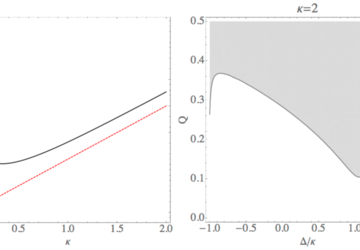
Two dimensional conformal field theories (CFTs) have a very powerful property called modular invariance, which relates the high and low…
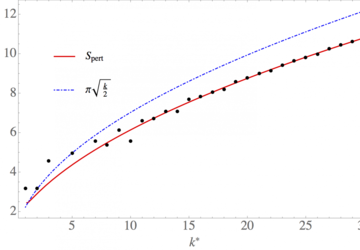
Quantum gravity in anti de Sitter space in three spacetime dimensions is conjectured to be dual to two dimensional conformal field…
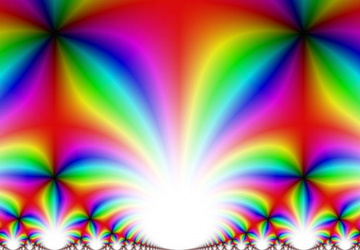
One of the most powerful mathematical principles guiding our current understanding of quantum physics is symmetry. We encounter many…
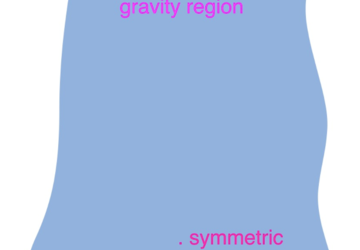
Since 1997 physicists have understood that anti-de Sitter quantum gravity in d+1 dimensions can emerge from suitable d dimensional…
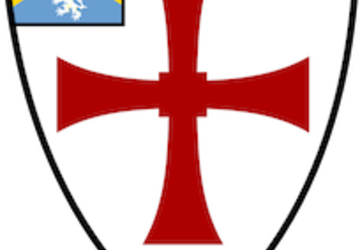
A talk describing a new candidate dual to pure 3d supergravity, as well as the relationship between enumerative geometry of K3 and…
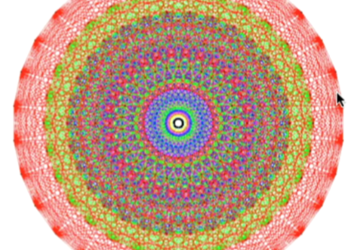
This presentation discusses a set of "moonshine" relations between superconformal theories at c=12 and subgroups of Conway's largest…
Related Events
Many mathematical concepts trace their origins to everyday experience, from astronomy to mechanics. Remarkably, ideas from quantum theory turn out to carry tremendous mathematical power too, even though we have little intuition dealing with…

Positivity bounds on the S-matrix provide powerful constraints on effective field theories in flat space. Extending these results to cosmological backgrounds requires an understanding of the analytic structure of amplitudes in theories with…

Out of time ordered correlators(OTOC) in certain large N systems can be described by scramblon modes. In large N limit, scramblon exchange dominates, while scramblon interactions are suppressed by 1/N. However, we are going to discuss certain…
String theory has enjoyed tremendously fruitful interactions with modern mathematics. Some of the simplest and most interesting questions in number theory and geometry involve counting (for instance, determining numbers of integer solutions to…

In this talk, Sheldon Katz of UIUC will show the existence of certain global non-commutative structures on the moduli spaces of stable sheaves on algebraic varieties, whose formal completion at a closed point gives the pro-representable…

In this talk I will present recent results about the computational complexity of determining homology groups of simplicial complexes, a fundamental task in computational topology. In arXiv:2209.11793 we showed that this decision problem is QMA1-…

String stars, or Horowitz-Polchinski solutions, are string theory saddles with normalizable condensates of thermal-winding strings. In the past, string stars were offered as a possible description of stringy (Euclidean) black holes in…
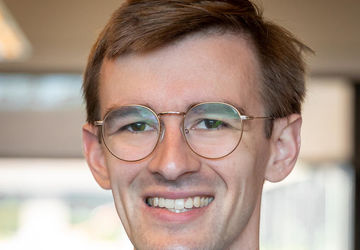
I will introduce a critical string theory in two dimensions and explain that this theory, viewed as two-dimensional quantum gravity on the worldsheet, admits an equivalent holographic description in terms of a double-scaled matrix integral. The…

Computation of string loop corrections to the effective action has been one of the main challenges in string phenomenology. One major complication for such computations is that the string loop corrections are sensitive to the spectrum of strings…